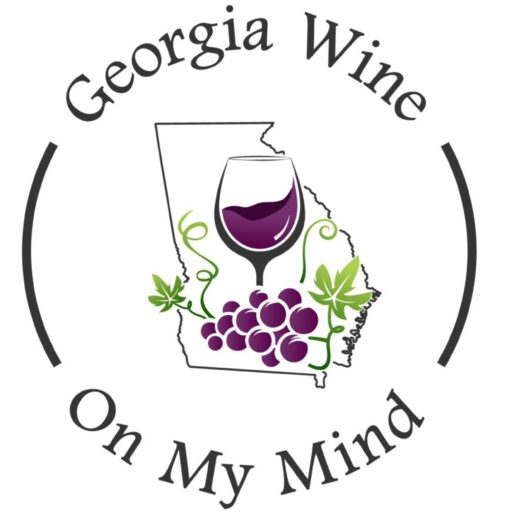Wine, a nectar cherished for centuries, has woven itself into the fabric of human culture, captivating hearts and palates worldwide. Its origins date back thousands of years, entwined with the tale of cultivation, craftsmanship, and an alchemy that transforms humble grapes into an elixir that transcends time. Let’s embark on a journey through the rich history and intricate creation of this beloved beverage.
Origins of Wine: A Historic Tapestry
The story of wine traces its roots to ancient civilizations. Mesopotamia and ancient Egypt stand as early epicenters of winemaking, where grape cultivation flourished and fermented beverages became integral to religious ceremonies and daily life. The fertile lands of the Mediterranean, especially Greece and Rome, further elevated winemaking to an art form, spreading its cultivation and knowledge across Europe.
The Creation of Wine: From Vineyard to Cellar
The process of crafting wine is a harmonious symphony of nature and human skill. It begins in the vineyard, where meticulous care is bestowed upon the vines. Grapes, carefully selected based on variety and ripeness, are handpicked during harvest season, a pivotal moment that influences the wine’s character.
The transformation of grapes into wine involves a precise blend of tradition and modern techniques. Crushing and pressing extract the juice, which undergoes fermentation. Yeast, whether ambient or introduced, acts on the sugars, converting them into alcohol and initiating the magical alchemy. The winemaker’s expertise determines factors such as fermentation temperature, duration, and choice of vessels—be it stainless steel tanks, oak barrels, or clay amphorae—each imparting unique nuances to the final product.
Aging and Bottling: Unveiling the Finer Notes
The aging process is where wine reveals its complexity and depth. Whether aged for months or years, the wine evolves, harmonizing flavors, tannins, and aromas. Oak barrels infuse the wine with hints of vanilla or spice, while stainless steel preserves the purity of fruit flavors.
Bottling signifies the culmination of this journey. Careful filtration, clarification, and sometimes blending occur before the wine is sealed, awaiting its moment to be uncorked and savored.
The Art of Wine: A Global Heritage
Wine transcends geographical boundaries, with each region showcasing its unique terroir—the combination of soil, climate, and topography that imparts distinctive characteristics to the grapes. From the bold reds of Bordeaux to the elegant whites of Burgundy, from the effervescent charm of Champagne to the robust flavors of Tuscany, every sip encapsulates a region’s essence.
Today, winemaking continues to evolve, embracing innovation while honoring time-honored traditions. Sustainable practices, technological advancements, and a renewed focus on biodiversity shape the future of this ancient craft.
In Conclusion
The journey from grape to glass weaves a narrative of heritage, craftsmanship, and passion. Wine, an embodiment of history and culture, transcends mere libation; it’s an invitation to savor moments, celebrate life, and appreciate the artistry that transforms humble grapes into a timeless elixir. As we raise our glasses, let’s toast to the enduring legacy and the artisans who craft this liquid poetry, a testament to humanity’s enduring love affair with the vine.
Cheers to the art of wine, a legacy passed down through generations, embodying the essence of time in every sip.
